
Created by Josh Wardle in 2021, Wordle became an instant sensation. Now hosted by The New York Times, it remains a favorite among daily players. If you’re into Wordle, these tried and tested tips can improve your game from vowel mastery to pattern identification. Ready to ace Wordle? Let’s begin.
Start With Vowel-Rich Words

Spotting vowels early is key. Try “Audio” to uncover four vowels at once! Most English words contain at least one vowel, so guess vowel-heavy words to ensure a strong start. Imagine finding “A,” “I,” in the same word that has “O” immediately—you’re halfway to today’s wordle completion!
Eliminate High-Frequency Consonants
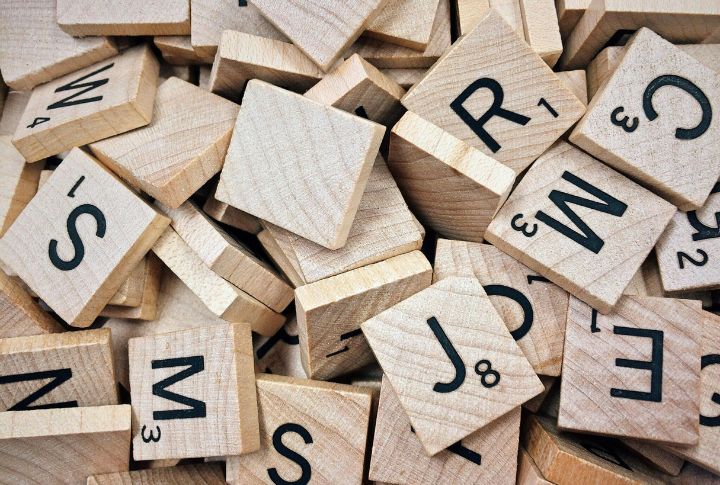
Try “stern” to test five high-frequency letters in one go. The consonants “R,” “S,” “T,” “L,” and “N” are frequent in English words and essential for Wordle solutions. If you spot just two of these letters, it narrows your options significantly and brings you closer to cracking the Wordle of the day.
Spot Patterns With Digraphs

Digraphs like “TH,” “SH,” and “CH” appear in over 30% of English words. For instance, when you enter “think,” it tests the digraph “TH” and confirms two letters in one go. The pairs are linguistic building blocks, often hidden in plain sight until you are ready to solve the puzzle.
Deduce From The Start
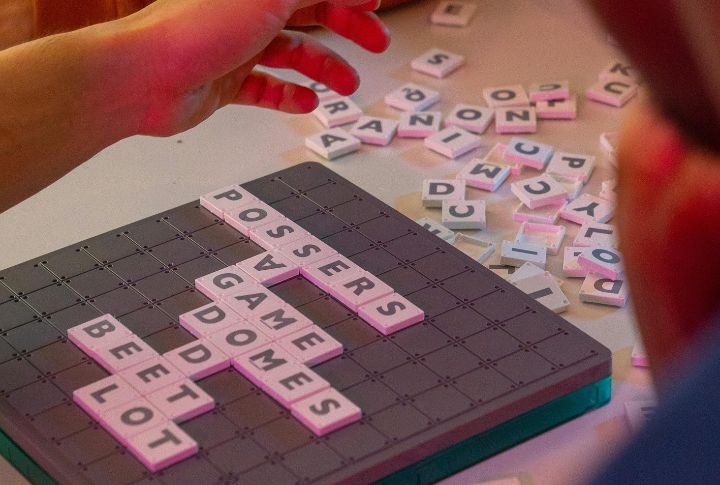
Kick off your daily Wordle with two words packed with diverse letters, like “SLATE” and “CRONY.” This rapid-fire approach in the first two tryouts helps you discover the possible vowels and consonant mixes. Plus, this approach will give a strong foundation for strategic deductions.
Look For Common Word Endings
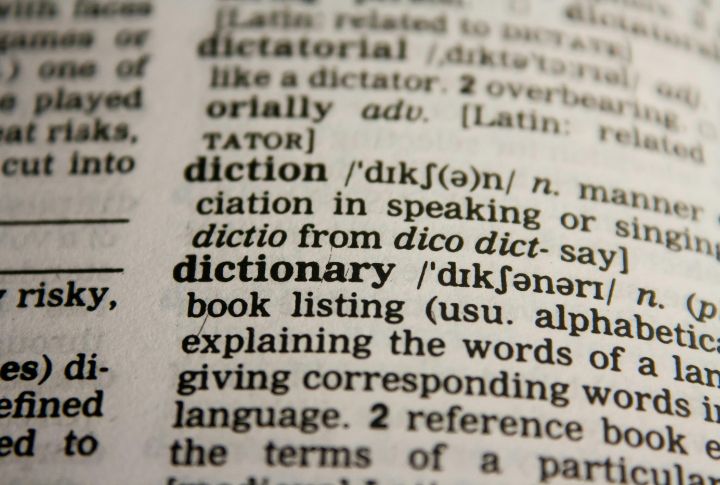
Common word ends like “-ING” or “-ED” simplify guesses. If you note a “G” in your guesses, it makes “bring” a smart follow-up. The endings dominate results and often complete tricky puzzles. Consider how many words rely on such patterns before you narrow down the final answer.
Test Less Common Letters Strategically

According to Cornell Math, rare letters, including “Z,” “J,” or “X”, appear in less than 1% of English words. For example, “jumpy” tests both “J” and “Y” efficiently. So, use words with rare letters selectively to refine guesses and uncover word possibilities in challenging Wordles.
Track And Adapt Your Tries

Make your guesswork in a logical sequence to ensure smart progress. Something like “stone” might confirm “S” and “T” but exclude “O.” Your next word, “sting,” should keep confirmed letters while you test new ones. This method avoids wasted tries and helps solve the daily word quicker.
Start With Versatile Word Stems
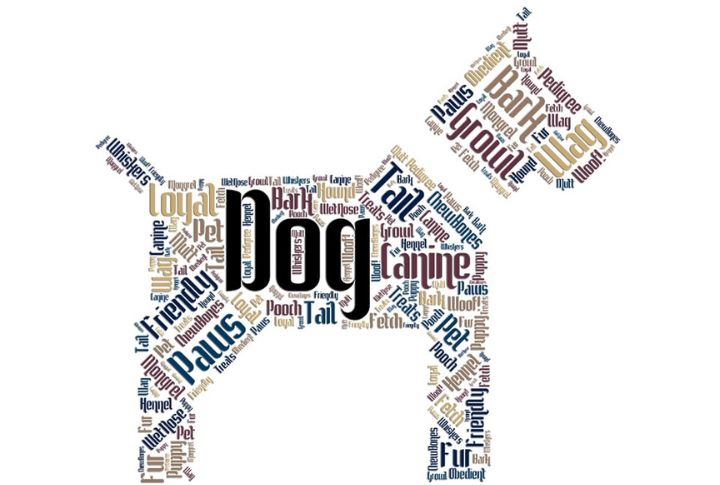
Three-letter stems such as “ACT,” “RUN,” or “DOG” are essential for building words. Think of words like “act.” It can expand to “react” or “active.” As Rochelle Lieber explains in Introducing Morphology (Cambridge University Press), these stems form the foundation for countless English words.
Consider Double Letters In Later Tries
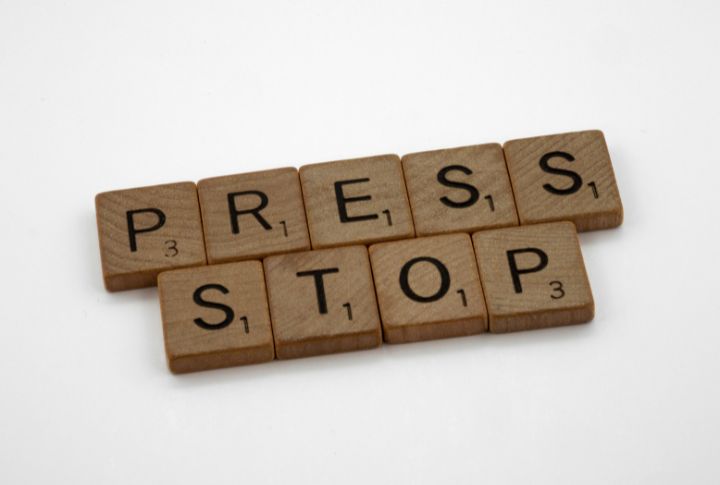
Do you know that common double letters like “SS” or “LL” appear in less than 6% of English words? A study by WordsRated states this. So, a “fizzy” or “frizzy” challenges players with its unexpected repetition. Use these double-letter options later to break typical Wordle guess blocks in tricky puzzles.
Utilise Wordle Data

Wordle also tracks your statistics. Tap the graph icon to reveal your guess distribution and win percentage. You can use this data to analyze and identify areas that need improvement. Then, combine these insights with external resources on letter frequency and common word patterns to master Wordle.
